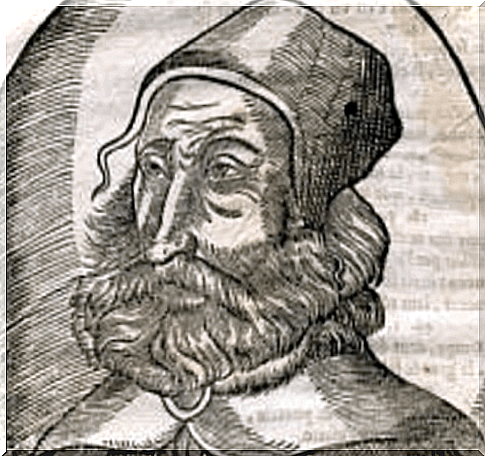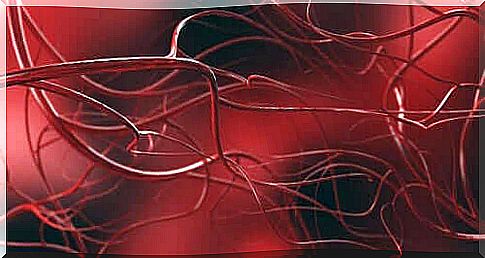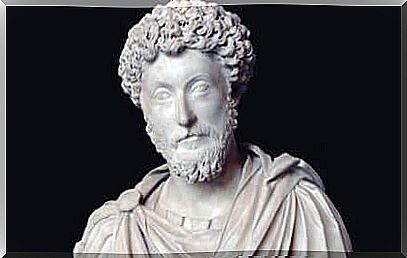A Biography Of Galen From Pergamon – An Ingenious Doctor

The name, Galen of Pergamon, is so closely related to the history of medicine that all physicians nowadays use his teachings in some way. After Hippocrates, he is considered to be one of the most famous representatives of the health field from ancient times. His contributions were crucial to medical science then, and they are still recognized today.
Galen’s concepts guided medicine for more than a thousand years. His studies around the human body created the basis for the understanding of the entire human anatomy. Among his many contributions, he discovered that air does not circulate through the veins, but that the blood does.
He also made some significant findings according to the heart valves, the functions of the kidneys and bladder and some basic ideas about the brain.
Galen was also one of the first to witness and describe an epidemic. He was a first-hand witness to the Antonine plague, also known as the “Plague of the Galen”. It divided ancient history in two, and although doctors never fully understood it, they left us some important information.

The madman from Pergamon – the predestined one?
Galen was born in 129 or 130 AD in Pergamon (hence his name), which was a city under Greek rule and is now part of Turkey. This medicine was born into an aristocratic and wealthy family.
His father was Aelius Nicon, who was a wealthy architect and landowner. Not much is known about the mother, except that she had a great temperament.
Galen’s parents worried that their son would have a good, solid education. Legend has it that one night his father dreamed of Asclepius – the god of medicine. In this dream, the god told him that his son should study medicine. Whether it is because of this or not, or whether it is for another reason, his father encouraged him to follow this profession.
Galen first studied the Aesculapian of Pergamon, which was a kind of healing temple. There he combined medical knowledge at the time with religious beliefs. Later, the future physicist began studying in Smyrna and Corinth. Here he became familiar with Hippocrates’ work, which significantly affected his training.
An outstanding medication
Later, Galen went to Alexandria, which was the true mecca of knowledge at the time. There he completed his training, which was primarily in anatomy and physiology. In this metropolis, he was able to dissect corpora, and this enabled him to understand the functions of the human body much better.
He returned to his hometown when his father died. There he became a doctor at the gladiator school, and this made it possible for him to become familiar with injuries and wounds. He worked there for about five years while his reputation as an effective healer grew.
In 162 he moved to Rome to live, which was the “capital of the world” at this time. His reputation grew to the point that he became the personal physician of several emperors, such as Marcus Aurelius, Commodus, and Septimius Severus.
His stay in Rome enabled him to have free rein to use his ability as a researcher. Experts believe that during this period he wrote about 400 works, of which only 150 have been preserved.

A crucial imprint
In Rome, dissections were banned, so Galen had to conduct his research on animals – sometimes alive, sometimes dead. It enabled him to understand the basic functions of the kidneys and spine. Unfortunately, much of his work was burned in a fire in 171.
His primary work was On the Art of Healing – a dissertation that had full force for 15 decades. The work of this medication is also considered to be the essential base of the pharmacopoeia. One of his great strengths is that he was a sanctified scientist. In other words, he was a man of science who sought evidence first and then built up knowledge about it.
The madman of Pergamon was also convinced that medical knowledge could not be sought or practiced if it were not accompanied by deep ethics. He believed that medicine was first and foremost a philanthropic art. He believed that a physician should be honorable and disciplined, and that he should most of all be characterized by self-control.
Before his death, this famous medicine returned to his homeland, Pergamon, where he died around the year 216.
To be sure , neither medical science nor pharmaceutical chemistry would have advanced so rapidly in knowledge and practice without Galen.








